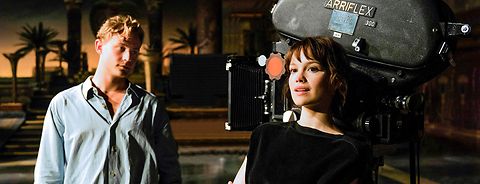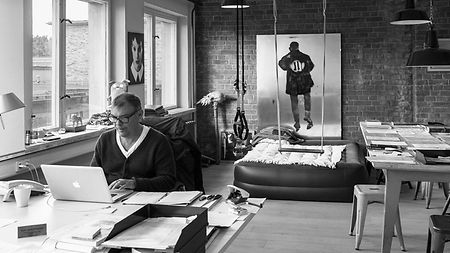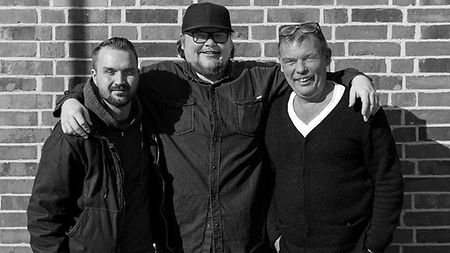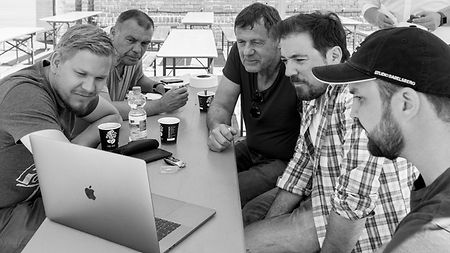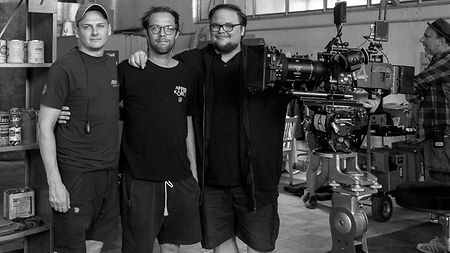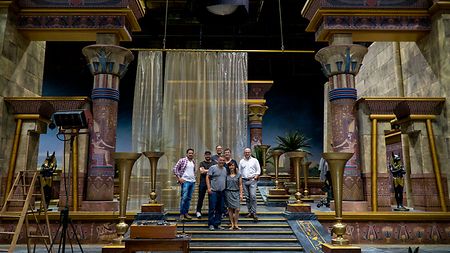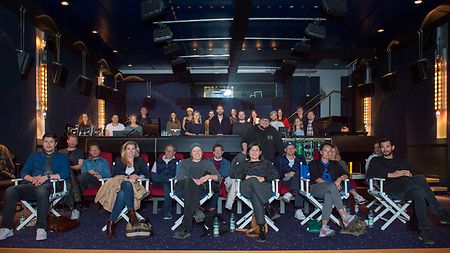The latest film by producer Tom Zickler (“Head Full of Honey”) and director Martin Schreier (“Unsere Zeit ist jetzt”/“Our Time is Now”) “Traumfabrik” hit German theaters on the 4th of July, 2019. This drama takes place in the 1960s and is about a film extra and a dancer who meet and fall in love at the Babelsberg film studios but are then separated when the Berlin Wall is erected.
Tom, “Traumfabrik” was shot in the Babelsberg film studios in Potsdam near Berlin, where you have worked for over the past three decades. How did you get into the film business?
Tom Zickler: I started at Babelsberg in May 1986 at the age of 21, and it felt like coming home. Especially since I’d been in the army before that. I’d always wanted to be a cameraman, ever since I was about 10 or 11 years old. I’d passed the aptitude test for the film school in Babelsberg and got an internship at the studios. In the army they then sat me in front of a computer monitor with green and red dots on it representing the NATO and Warsaw Pact aircrafts—but I couldn’t tell the difference between them. The dots all looked the same to me. After admitting I was colorblind, I lost my university slot to study camera work, and there I stood, in front of Mr. Golde, one of the responsible persons at the studio, and said: “But I want to make films!” And he said: “Well Mr. Zickler, if you’ve already got an apartment here, I can offer you a job as assistant to the production manager if you like.” And I said: “Yes, no problem. My Aunt Inge lives here in the Steinstrasse.” Of course, I never had an Aunt Inge, and Steinstrasse was the only street name I’d seen from the bus coming into town. The first four weeks I slept at the Potsdam-West train station. Then I found out that that there was a props department at the studio, and that there were lots of beds standing around, so I started sleeping there.
And then things started to come together …
Tom Zickler: That’s right. I discovered this room, a studio, that is still my office more than 30 years later. In “Traumfabrik” there’s a sequence where the protagonist enters the studio for the first time. That was what it was like back in the day—15 productions all being made simultaneously. In the cafeteria where the extras ate, concentration camp prisoners drank coffee with Roman soldiers and construction workers, and waited for their calls. That was fascinating to me.
